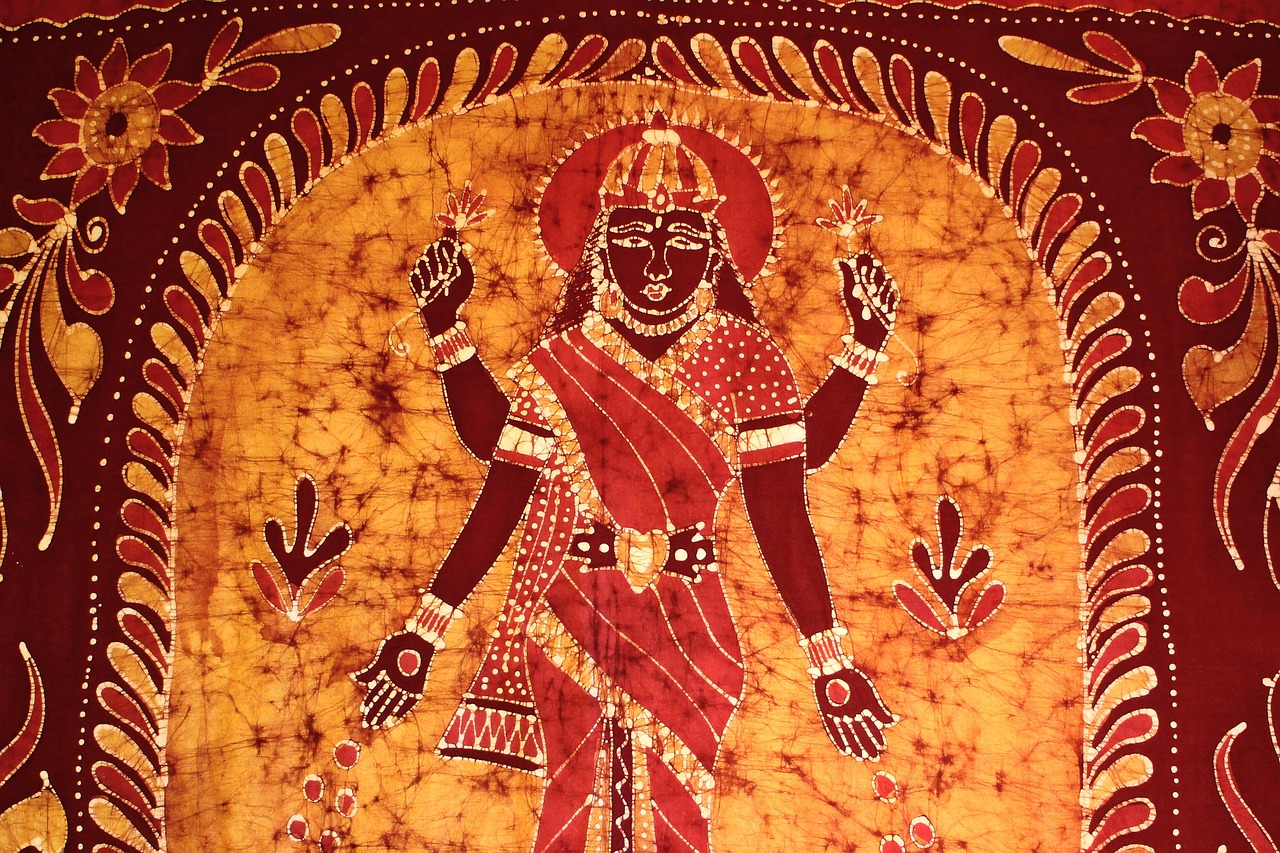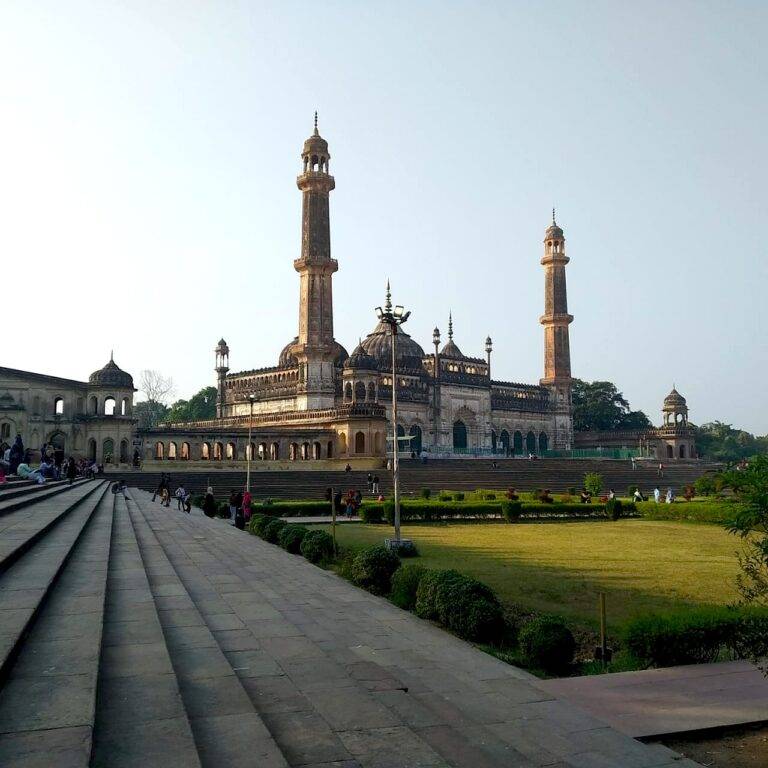Understanding the Impact of Voter ID Laws on Voter Turnout Among Marginalized Groups
Voter ID laws in the United States have a long and contentious history, with the first such law enacted in the late 19th century. Initially, these laws were implemented to prevent voter fraud and maintain the integrity of elections. However, over time, the debate over the necessity and impact of voter ID laws has intensified, with accusations of voter suppression and disenfranchisement of marginalized communities becoming more prevalent.
The 21st century saw a significant increase in the number of states implementing voter ID laws, with proponents arguing that they are essential to safeguard democracy. Critics, on the other hand, argue that these laws disproportionately affect minority, elderly, and low-income voters, who may face challenges in obtaining the required identification. This has led to a polarized debate around the effectiveness and fairness of voter ID laws in the United States.
Challenges Faced by Marginalized Groups in Obtaining Voter ID
Obtaining a valid voter ID can be a significant challenge for many marginalized groups in the United States. The process often requires specific forms of identification, such as a driver’s license or passport, which can be difficult for those who lack access to transportation or who cannot afford the associated fees. Additionally, obtaining the necessary documents to apply for a voter ID, such as a birth certificate or social security card, can be a bureaucratic maze for individuals who may have limited resources or face language barriers.
Moreover, marginalized communities often face discriminatory practices when trying to obtain a voter ID, with instances of voter suppression tactics disproportionately impacting minority groups. These barriers can include restrictive voter ID laws that target specific populations, such as requiring IDs with residential addresses that may be difficult for marginalized individuals experiencing homelessness to provide. Additionally, the lack of easily accessible government offices that issue IDs in low-income neighborhoods can further limit the ability of marginalized groups to participate in the democratic process.
• Lack of access to transportation or inability to afford fees
• Difficulty obtaining necessary documents like birth certificates or social security cards
• Discriminatory practices and voter suppression tactics targeting minority groups
• Restrictive voter ID laws impacting specific populations
• Limited availability of government offices issuing IDs in low-income neighborhoods
Disproportionate Impact on Voter Turnout Among Marginalized Communities
Voter ID laws in the United States have been widely criticized for their disproportionate impact on voter turnout among marginalized communities. These laws often require voters to present specific forms of identification at the polls, which can pose significant challenges for individuals who belong to marginalized groups, such as low-income individuals, racial minorities, and the elderly.
Marginalized communities are more likely to face barriers in obtaining the necessary IDs due to factors like limited access to DMV offices, financial constraints, and a lack of documentation. As a result, these groups are disproportionately affected by voter ID laws, leading to decreased voter turnout rates compared to the general population. This disparity raises concerns about the potential disenfranchisement of marginalized communities and the unequal representation that may result from such laws.
What is the history behind voter ID laws in the United States?
Voter ID laws in the United States have been implemented in various states to prevent voter fraud and ensure the integrity of the electoral process.
What challenges do marginalized groups face in obtaining voter ID?
Marginalized communities often face barriers such as lack of access to transportation, limited hours of operation at ID offices, and the cost associated with obtaining necessary documentation.
How do voter ID laws disproportionately impact voter turnout among marginalized communities?
Voter ID laws can result in decreased voter turnout among marginalized communities as individuals may be unable to meet the requirements to obtain an ID, leading to disenfranchisement.
What can be done to address the disproportionate impact of voter ID laws on marginalized communities?
Advocates recommend implementing measures such as providing free voter IDs, expanding access to ID offices, and increasing awareness about the requirements and process for obtaining voter ID among marginalized communities.







